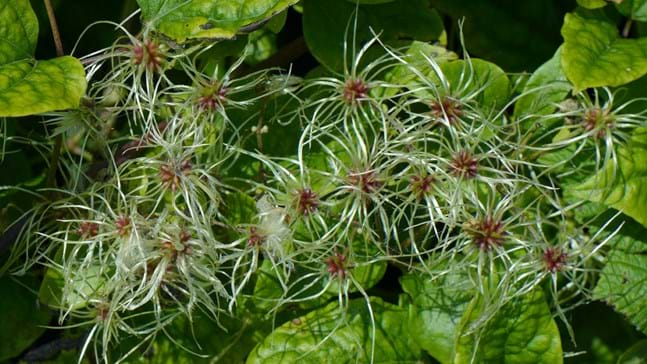
Credit: Nick Upton / naturepl.com
Where to find traveller's joy
It's native to the south of England but has spread and is now found in many areas of the UK, except northern Scotland. This scrambling plant it is often found growing on top of hedgerows, bushes, scrub or trees. It favours chalky soil.
Traveller's Joy is considered an invasive weed where it has spread outside its native range. It can form dense thickets blanketing trees and shrubs.
When: a perennial it flowers from July to September.




